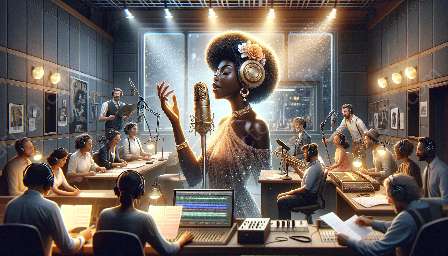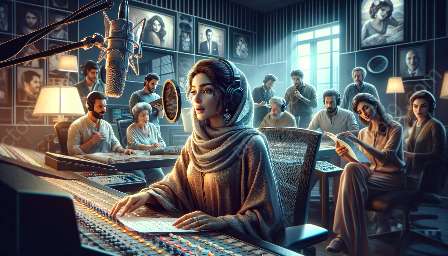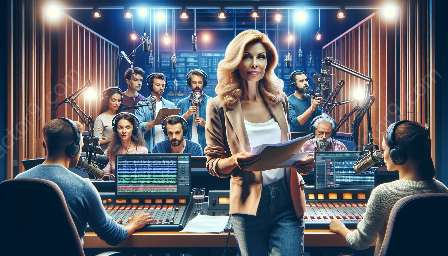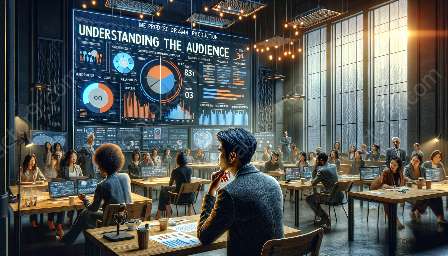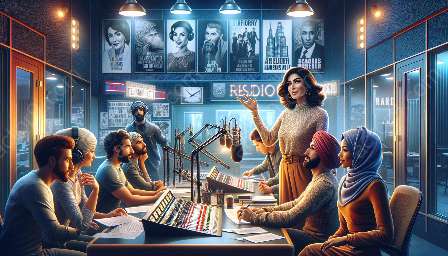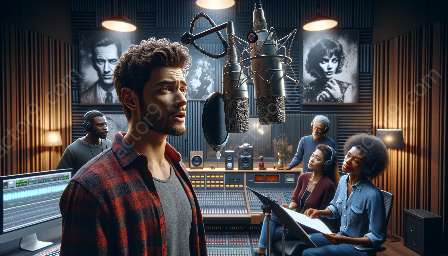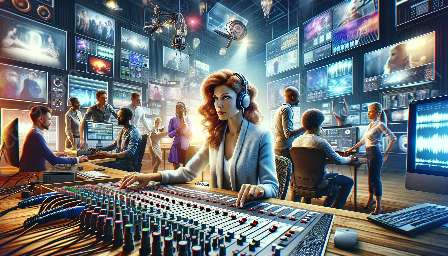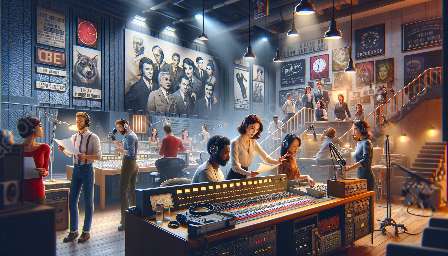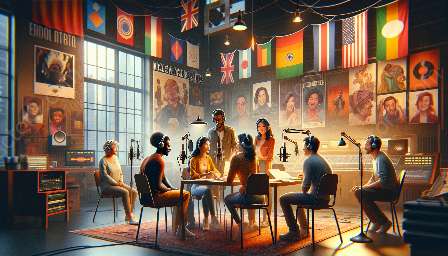Radio drama production involves the creation of audio storytelling that captivates and engages audiences. Understanding the audience is crucial in this process, as it informs the content, style, and messaging of the production. One of the key aspects is the representation of diverse voices and perspectives within radio drama, ensuring inclusivity and authenticity.
Understanding Audience in Radio Drama Production
Before delving into the representation of diverse voices and perspectives, it is important to understand the audience in radio drama production. The audience plays a pivotal role in shaping the content and format of radio dramas. Knowing the demographics, interests, and preferences of the target audience enables producers to tailor their content to effectively engage and resonate with listeners. Whether it's through research, surveys, or feedback analysis, understanding the audience guides the creative choices in radio drama production.
Representation of Diverse Voices and Perspectives
Representing diverse voices and perspectives in radio drama production is essential for creating compelling, relatable, and inclusive content. Incorporating a variety of voices, including those from different cultures, ethnicities, genders, and backgrounds, enriches the storytelling and expands the experiences portrayed in the productions. Here are several ways diverse voices and perspectives are represented:
- Casting and Character Development: Producers and writers make intentional decisions in casting and developing characters to reflect diversity. This involves creating roles for characters from various backgrounds and ensuring authentic representation through nuanced storytelling and character arcs.
- Writing and Narratives: Diverse voices and perspectives are infused into the narratives and dialogue of radio dramas. This may involve addressing social issues, cultural traditions, and personal experiences that resonate with different audiences. Writers strive to authentically capture the voices and nuances of various communities and identities.
- Collaboration and Consultation: Radio drama production often involves collaborating with consultants, community members, and experts to ensure accurate portrayal of diverse voices. This may include seeking input and feedback from individuals whose experiences are being depicted in the production, fostering a collaborative and respectful approach to representation.
- Inclusive Storytelling: Radio dramas incorporate inclusive storytelling strategies that celebrate diversity and promote empathy. This involves exploring themes of acceptance, understanding, and solidarity, while showcasing the richness of different perspectives and experiences.
Conclusion
Radio drama production is a dynamic and powerful medium for storytelling, and understanding the audience is integral to creating engaging and impactful content. By representing diverse voices and perspectives, radio dramas can resonate with a broader audience, foster inclusivity, and contribute to a more vibrant and authentic storytelling landscape.

